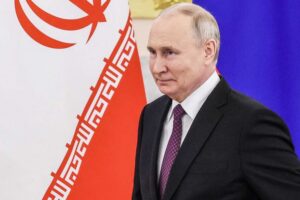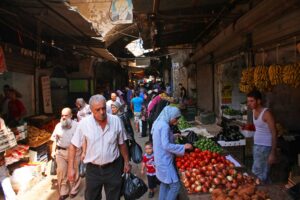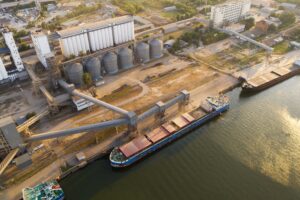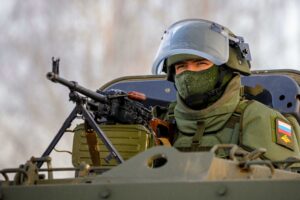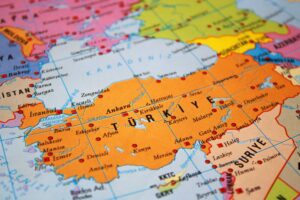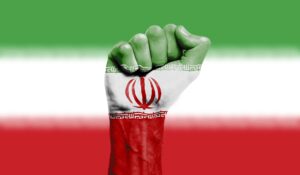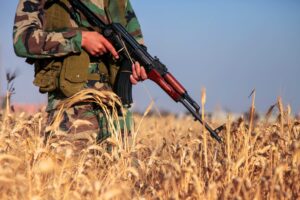“The East and the Middle East” is the second in a series of two issues on foreign engagement with and influence in the Middle East and North Africa in Manara Magazine.
The world’s geopolitical center of gravity shifts increasingly eastward.
The majority of the world’s population today lives in Asia and the continent’s economic significance is only continuing to grow. As the world’s geopolitical center of gravity shifts increasingly eastward, so, too, does the region’s significance for the Middle East and North Africa.
With this in mind, in preparing this issue, we sought to include a diverse set of pieces that examine southern and eastern Asia’s relationship to MENA countries. The continued centrality of oil in this dynamic is explored in Takashi Mistuka’s analysis on Japan’s engagement with the region in a period of potential energy transition (Prospects for the Japan-Middle East Relations in the Coming Age of Decarbonisation). Though fossil fuels are intimately tied with the MENA region, they are by no means the sole arena for partnership and economic ties, as discussed in Thisanka Siripala’s article on Japan’s potential role in the region’s agricultural challenges (Japan and MENA: The Role of Technology to Tackle Food Insecurity) or Dr. Alon Levkowitz’s historically-grounded contribution on South Korea’s trade with the countries along the Gulf (South Korea and the Persian Gulf: A New Era).
Security remains just as relevant for Eastern countries as it does for the West.
Security remains just as relevant for Eastern countries as it does for the West. Christoph Bluth leads us through a comprehensive comparison of the rationales behind Pyongyang and Tehran’s respective nuclear programmes (Managing the Problem of Nuclear Weapons Programmes in So-Called “Rogue States”: Comparing North Korea and Iran). The effects of the Taliban’s takeover of Kabul has had reverberations beyond Afghanistan’s borders, as Fatemeh Aman explains in her article on Iran being accepted into another Asian-wide intergovernmental body (The Afghan War and Iran’s Acceptance into the Shanghai Cooperation Organisation). Meanwhile, Selçuk Çolakoğlu takes us through the growing security ties between Turkey and Bangladesh in recent years (Turkey and Bangladesh: From the Rift of Jamaat-e-Islami to Defence Cooperation).
For foreign observers, understanding how the people of the region think is crucial in understanding the region itself, with Dr Michael Robbins of the Arab Barometer showing us public survey data on how citizens of Arab countries view the People’s Republic of China (Fragile Popularity: Arab Attitudes Towards China). Relatedly, Dr Lina Benabdallah of Wake Forest University joins us for an interview on the close relations between China and Algeria, from their revolutionary origins to their current diplomatic ties.
Rather than conceiving of geopolitics as consisting of neatly demarcated regions, Flamur Krasniqi’s book review of Moritz Pieper’s The Making of Eurasia: Competition and cooperation Between China’s Belt and Road Initiative and Russia highlights the importance of Central Asia as an area of power politics and economic development, whose future is increasing intertwined with the Middle East.
As with prior issues, we at Manara Magazine aim to bring expert perspectives, from the academic to the journalistic to the governmental, to widen our readers’ knowledge and insights into the MENA region.
Sincerely,
Naman Karl-Thomas Habtom
Managing Editor
Jemima Baar
Senior Editor








